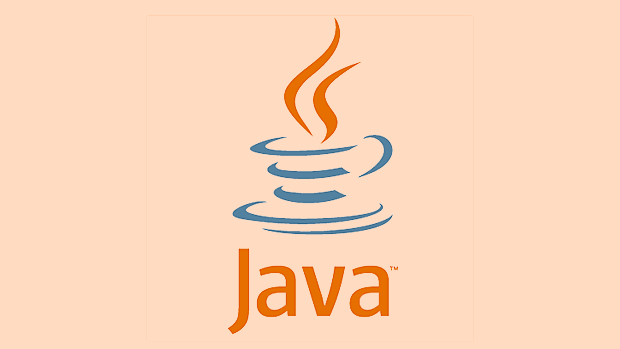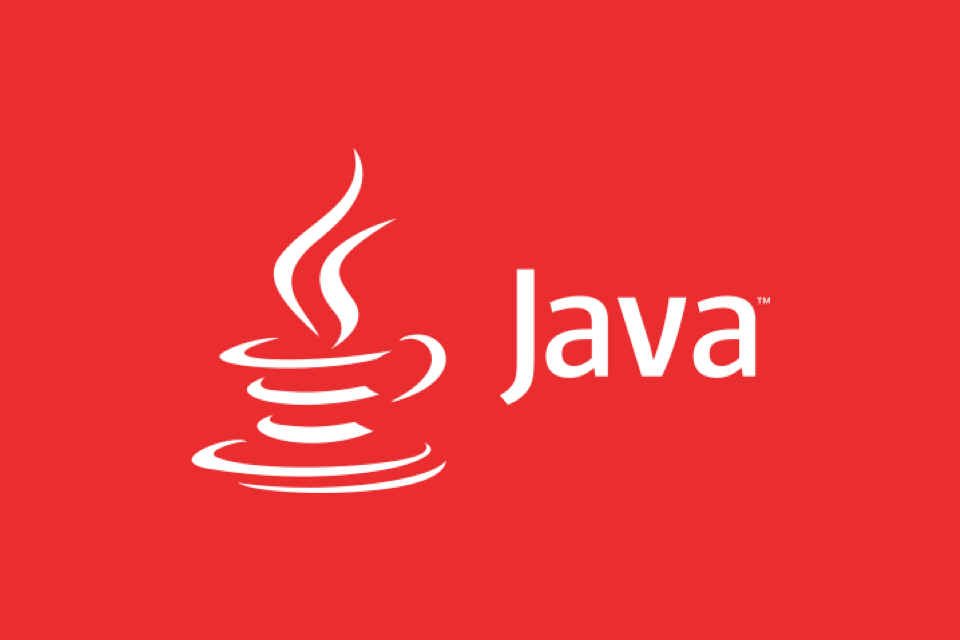Using Spring Boot to build a RESTful API requires the resource naming specification, HTTP method selection, Controller layer request processing, parameter binding method, unified response format and error handling mechanism. When designing an interface, the resource should be centered, such as /users to represent the user collection; select appropriate HTTP methods such as GET acquisition, POST creation, PUT update, DELETE to delete resources; use @RestController, @RequestMapping, @GetMapping and other annotations to define interface paths and methods; bind parameters through @PathVariable, @RequestParam, @RequestBody; return structures to status code, message body and data content; use ResponseEntity or general return class to construct responses, handle exceptions in combination with @ControllerAdvice and return standard error information; set appropriate HTTP status codes such as 200 success, 400 parameter error, and 500 server error.

For Java backend development, Spring Boot is a common tool for building RESTful APIs. It simplifies the configuration process and allows you to quickly build a clear structure and complete functions of the interface service.

Design interface paths and method types
The RESTful style emphasizes "resources" rather than "actions", so interface naming should try to reflect the resource entity. For example, /users are used to represent a user set, and /users/1 is used to represent a specific user. At the same time, select the appropriate HTTP method according to the operation type:

-
GET: Get resources -
POST: Create a resource -
PUT: Update resources -
DELETE: Delete the resource
For example, if you want to create a user, the interface path can be POST /users , and the modification is PUT /users/{id} .
Be careful to avoid using verbs to name interfaces. For example, the style of /getUserById is not RESTful enough.

Use Controller layer to process request logic
In Spring Boot, the Controller is where HTTP requests are received. You can use the class annotated by @RestController to define a set of interfaces.
For example, write a simple user interface:
@RestController
@RequestMapping("/users")
public class UserController {
@GetMapping("/{id}")
public User getUser(@PathVariable Long id) {
// Return to user information}
@PostMapping
public User createUser(@RequestBody User user) {
// Create user logic}
} Here we use the @RequestMapping unified prefix, and each method is combined with @GetMapping , @PostMapping and other annotations to refine the path. This method makes the code structure clear and convenient for maintenance.
In terms of parameter binding, commonly used are:
-
@PathVariable: Take the value from the URL path -
@RequestParam: Get query parameters -
@RequestBody: Used to receive JSON data in POST or PUT
The response format is unified, and error handling must be standardized
The data returned to the front end is best unified, such as including status code, message body and data content. Common structures are as follows:
{
"status": 200,
"message": "Success",
"data": { ... }
} You can use ResponseEntity in Spring Boot to construct response objects, or encapsulate a common return class.
For error handling, @ControllerAdvice can be used to catch exceptions uniformly and return error information in standard format. This makes the front-end process more convenient and can avoid exposing the server stack information.
Also, don't forget to set the appropriate HTTP status code, such as:
- Return 200 successfully
- Created successfully and return 201
- Error in parameter returns 400
- Resource not found returns 404
- Server error returns 500
Basically that's it. It is important to maintain consistency when designing interfaces, the code structure is clear, and later expansion will be easier.
The above is the detailed content of Building RESTful APIs with Java Spring Boot. For more information, please follow other related articles on the PHP Chinese website!

Hot AI Tools

Undress AI Tool
Undress images for free

Undresser.AI Undress
AI-powered app for creating realistic nude photos

AI Clothes Remover
Online AI tool for removing clothes from photos.

Clothoff.io
AI clothes remover

Video Face Swap
Swap faces in any video effortlessly with our completely free AI face swap tool!

Hot Article

Hot Tools

Notepad++7.3.1
Easy-to-use and free code editor

SublimeText3 Chinese version
Chinese version, very easy to use

Zend Studio 13.0.1
Powerful PHP integrated development environment

Dreamweaver CS6
Visual web development tools

SublimeText3 Mac version
God-level code editing software (SublimeText3)

Hot Topics
 Difference between HashMap and Hashtable?
Jun 24, 2025 pm 09:41 PM
Difference between HashMap and Hashtable?
Jun 24, 2025 pm 09:41 PM
The difference between HashMap and Hashtable is mainly reflected in thread safety, null value support and performance. 1. In terms of thread safety, Hashtable is thread-safe, and its methods are mostly synchronous methods, while HashMap does not perform synchronization processing, which is not thread-safe; 2. In terms of null value support, HashMap allows one null key and multiple null values, while Hashtable does not allow null keys or values, otherwise a NullPointerException will be thrown; 3. In terms of performance, HashMap is more efficient because there is no synchronization mechanism, and Hashtable has a low locking performance for each operation. It is recommended to use ConcurrentHashMap instead.
 Why do we need wrapper classes?
Jun 28, 2025 am 01:01 AM
Why do we need wrapper classes?
Jun 28, 2025 am 01:01 AM
Java uses wrapper classes because basic data types cannot directly participate in object-oriented operations, and object forms are often required in actual needs; 1. Collection classes can only store objects, such as Lists use automatic boxing to store numerical values; 2. Generics do not support basic types, and packaging classes must be used as type parameters; 3. Packaging classes can represent null values ??to distinguish unset or missing data; 4. Packaging classes provide practical methods such as string conversion to facilitate data parsing and processing, so in scenarios where these characteristics are needed, packaging classes are indispensable.
 What are static methods in interfaces?
Jun 24, 2025 pm 10:57 PM
What are static methods in interfaces?
Jun 24, 2025 pm 10:57 PM
StaticmethodsininterfaceswereintroducedinJava8toallowutilityfunctionswithintheinterfaceitself.BeforeJava8,suchfunctionsrequiredseparatehelperclasses,leadingtodisorganizedcode.Now,staticmethodsprovidethreekeybenefits:1)theyenableutilitymethodsdirectly
 How does JIT compiler optimize code?
Jun 24, 2025 pm 10:45 PM
How does JIT compiler optimize code?
Jun 24, 2025 pm 10:45 PM
The JIT compiler optimizes code through four methods: method inline, hot spot detection and compilation, type speculation and devirtualization, and redundant operation elimination. 1. Method inline reduces call overhead and inserts frequently called small methods directly into the call; 2. Hot spot detection and high-frequency code execution and centrally optimize it to save resources; 3. Type speculation collects runtime type information to achieve devirtualization calls, improving efficiency; 4. Redundant operations eliminate useless calculations and inspections based on operational data deletion, enhancing performance.
 What is an instance initializer block?
Jun 25, 2025 pm 12:21 PM
What is an instance initializer block?
Jun 25, 2025 pm 12:21 PM
Instance initialization blocks are used in Java to run initialization logic when creating objects, which are executed before the constructor. It is suitable for scenarios where multiple constructors share initialization code, complex field initialization, or anonymous class initialization scenarios. Unlike static initialization blocks, it is executed every time it is instantiated, while static initialization blocks only run once when the class is loaded.
 What is the Factory pattern?
Jun 24, 2025 pm 11:29 PM
What is the Factory pattern?
Jun 24, 2025 pm 11:29 PM
Factory mode is used to encapsulate object creation logic, making the code more flexible, easy to maintain, and loosely coupled. The core answer is: by centrally managing object creation logic, hiding implementation details, and supporting the creation of multiple related objects. The specific description is as follows: the factory mode handes object creation to a special factory class or method for processing, avoiding the use of newClass() directly; it is suitable for scenarios where multiple types of related objects are created, creation logic may change, and implementation details need to be hidden; for example, in the payment processor, Stripe, PayPal and other instances are created through factories; its implementation includes the object returned by the factory class based on input parameters, and all objects realize a common interface; common variants include simple factories, factory methods and abstract factories, which are suitable for different complexities.
 What is the `final` keyword for variables?
Jun 24, 2025 pm 07:29 PM
What is the `final` keyword for variables?
Jun 24, 2025 pm 07:29 PM
InJava,thefinalkeywordpreventsavariable’svaluefrombeingchangedafterassignment,butitsbehaviordiffersforprimitivesandobjectreferences.Forprimitivevariables,finalmakesthevalueconstant,asinfinalintMAX_SPEED=100;wherereassignmentcausesanerror.Forobjectref
 What is type casting?
Jun 24, 2025 pm 11:09 PM
What is type casting?
Jun 24, 2025 pm 11:09 PM
There are two types of conversion: implicit and explicit. 1. Implicit conversion occurs automatically, such as converting int to double; 2. Explicit conversion requires manual operation, such as using (int)myDouble. A case where type conversion is required includes processing user input, mathematical operations, or passing different types of values ??between functions. Issues that need to be noted are: turning floating-point numbers into integers will truncate the fractional part, turning large types into small types may lead to data loss, and some languages ??do not allow direct conversion of specific types. A proper understanding of language conversion rules helps avoid errors.






